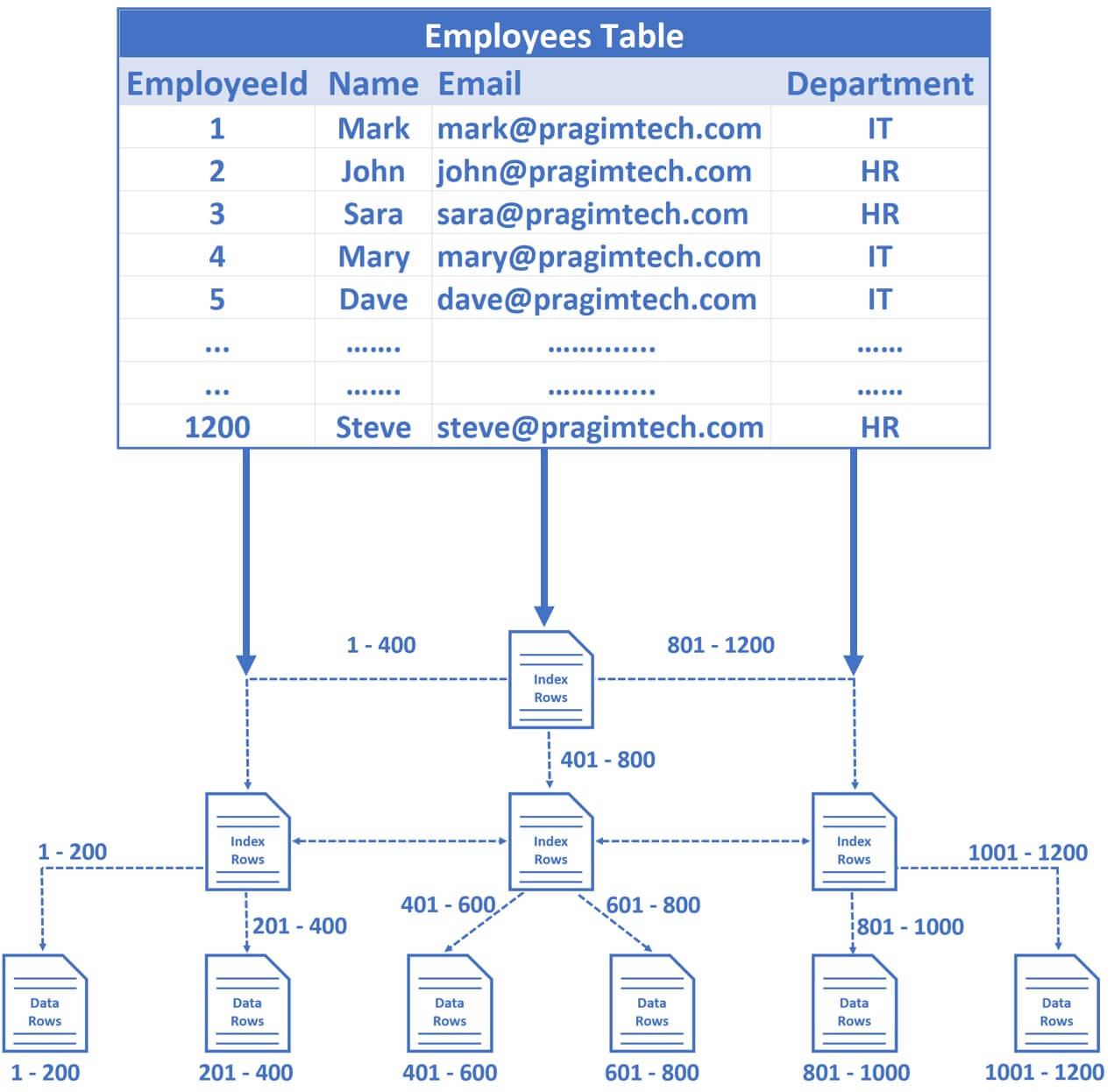In the rapidly evolving landscape of technology, the foundation of any successful database lies in its data integrity. In the world of SQL, maintaining the accuracy, consistency, and overall quality of data is paramount for ensuring the reliability and trustworthiness of information. Let’s delve into the intricacies of data integrity in SQL and explore the key principles and practices that underpin this vital aspect of database management.
Ensuring Data Accuracy and Reliability in SQL Systems
In order to ensure the reliability and accuracy of data in SQL systems, it is crucial to implement various strategies and best practices. One of the key ways to maintain data integrity is by establishing proper constraints within the database tables. By defining constraints such as primary keys, foreign keys, and unique constraints, you can prevent the entry of inconsistent or invalid data into the system.
Another important aspect of ensuring data accuracy in SQL systems is regular data validation and cleansing. This involves performing routine checks on the data to identify any anomalies or inconsistencies. By running queries to detect and correct errors, you can maintain the quality of the data and prevent inaccuracies from propagating throughout the system. Additionally, implementing data normalization techniques can help reduce redundancy and improve the overall integrity of the database.

Maintaining Consistency and Completeness of Data in SQL Databases
Data integrity is a crucial aspect of maintaining the consistency and completeness of data in SQL databases. Ensuring that the data in your databases is accurate and reliable is essential for making informed decisions and conducting effective analysis. By implementing proper data integrity measures, you can prevent data corruption, maintain data quality, and improve the overall performance of your database.
One way to enforce data integrity in SQL databases is by using constraints. Constraints define rules that data must adhere to, ensuring that only valid and accurate data is stored in the database. Common types of constraints include primary keys to uniquely identify rows, foreign keys to maintain referential integrity between tables, and check constraints to enforce specific data rules. By defining and enforcing constraints in your database schema, you can minimize errors, prevent data inconsistencies, and uphold the integrity of your data.

Implementing Data Validation and Error Handling Techniques in SQL
Lorem ipsum dolor sit amet, consectetur adipiscing elit. Duis fermentum purus ac justo scelerisque, at volutpat nunc finibus. Nullam sit amet ante nec justo ultrices eleifend. Curabitur bibendum dapibus eros, sed sollicitudin nisl.
When it comes to , it is important to consider the following strategies:
- Use constraints: Constraints such as NOT NULL, UNIQUE, PRIMARY KEY, and FOREIGN KEY can help ensure data integrity by restricting the type and format of data that can be entered into a table.
- Implement stored procedures: By using stored procedures, you can encapsulate complex logic for data validation and error handling in a centralized location, making it easier to maintain and update.
- Utilize triggers: Triggers can be used to automatically enforce data validation rules and handle errors when certain conditions are met, providing an additional layer of protection for your database.

Best Practices for Safeguarding Data Integrity in SQL Databases
When it comes to safeguarding data integrity in SQL databases, there are several best practices that can help ensure the reliability and accuracy of your data. One important practice is to use constraints such as PRIMARY KEY and FOREIGN KEY to enforce data integrity rules at the database level. By setting these constraints, you can prevent invalid or inconsistent data from being entered into your tables.
Another important practice is to regularly backup your database to prevent data loss in case of a system failure. It is also recommended to use transactions to maintain data consistency during complex operations. By following these best practices and implementing proper data validation mechanisms, you can help protect the integrity of your SQL databases and ensure the reliability of your data.
Closing Remarks
Ensuring data integrity in SQL is essential for maintaining accurate and reliable information within your databases. By implementing proper constraints, validations, and error handling techniques, you can safeguard against data corruption and minimize the risk of errors. Remember, the integrity of your data is crucial for making informed decisions and driving successful business outcomes. So, embrace the power of SQL and prioritize data integrity to unleash the full potential of your database management system. Stay diligent, stay vigilant, and watch your data flourish.

